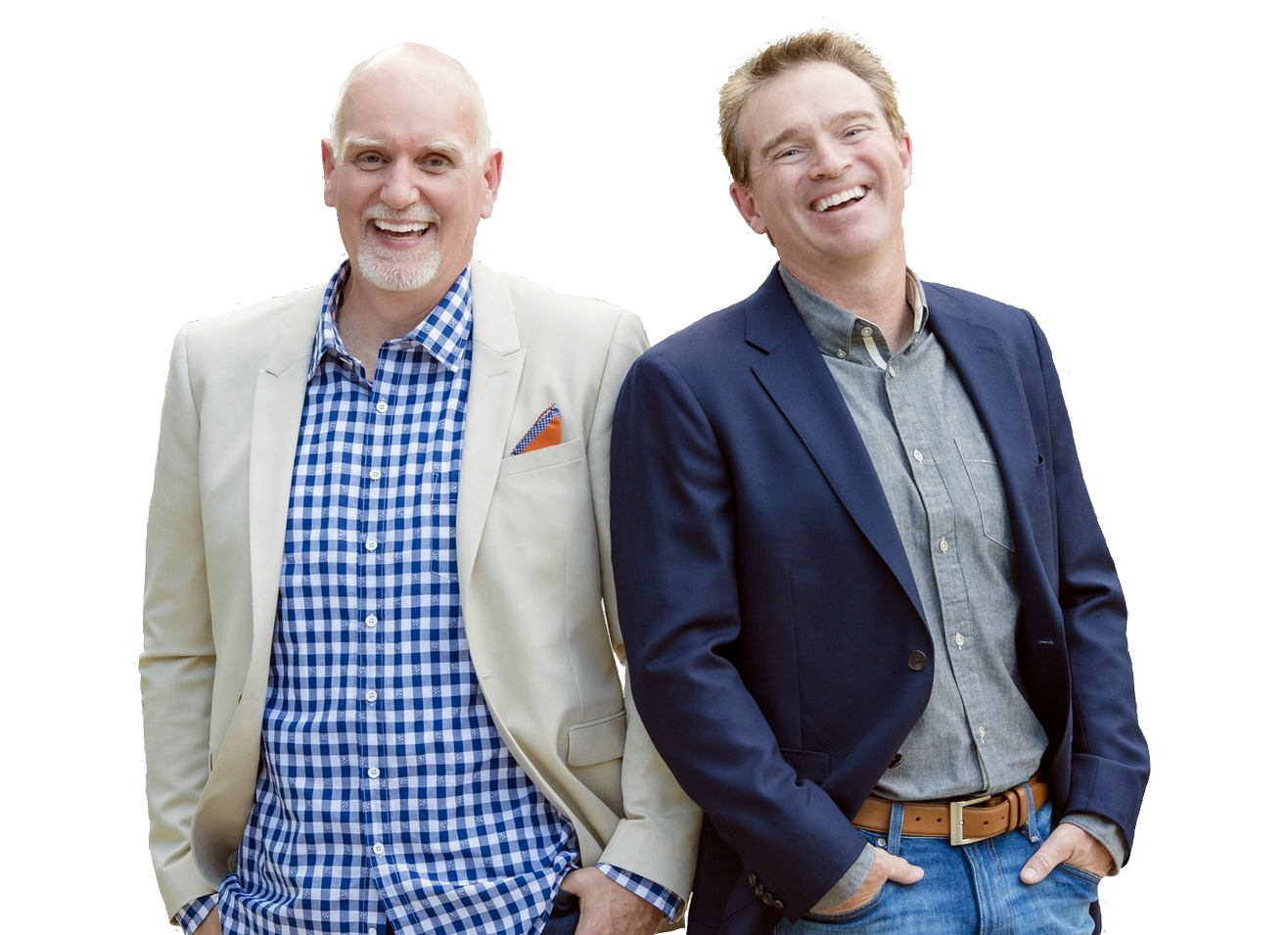Organizations are in the midst of a massive shift toward more teamwork. In the average company, up to 80 percent of employees’ days are spent working collaboratively. However, only 14 percent of executives are satisfied with their employees' ability to collaborate and make decisions as teams. This represents an opportunity for meeting planners to help, by putting on educational sessions that make people better at working in a team.
Getting people to work effectively as a team is definitely not easy these days. We have four generations at work, and we have many global, remote, and temporary "gig" employees. Yet managers and employees alike are told to "break down silos" and "work cross-functionally," even though no one has taught us how.
That’s why, as we wrote our most recent book The Best Team Wins, we drew on surveys of more than 850,000 people to identify the traits of today’s most successful team leaders—those who are facing these obstacles and figuring out how to overcome them. And as our research team sorted through this database, one of the most striking things they found was that two desires motivate every generation in the workplace today: impact and learning.
With impact, it's the desire to know that our work is important and makes a positive difference in the world. With learning, it’s the desire to continue building our knowledge base in order to develop our talents and thus have more impact. Those two drivers are paramount to a majority of employees, no matter if they are age 22 or 62.

Chester Elton, Adrian Gostick
While the importance of learning has appeared in other surveys, we looked a bit deeper into our research and found that there are important differences in learning styles to take into account that are age-based. Among Millennial respondents, the most effective learning is collaborative but incorporates a healthy dose of technology. For Boomers, the best learning style acknowledges and builds on their knowledge and experience, and what they learn should be immediately applicable to their work. And while younger employees tend to value team-based classroom or online training, the most effective learning for older employees comes through variety. In fact, variety becomes a significantly stronger motivator as we age—it rises from being a moderately desired element among younger employees to being one of the strongest motivators for people later in their careers. Thus, for older workers—who many leaders, unfortunately, take for granted—the surest way to disconnect them is to have their training or their work become rote. They can benefit from the learning methods that Millennials prefer, but there must be other components for them to reach their full potential through training.
This is just one of many ideas we found in researching today’s best teams.
Adrian Gostick and Chester Elton are the New York Times bestselling authors of The Carrot Principle, All In, and The Best Team Wins.






